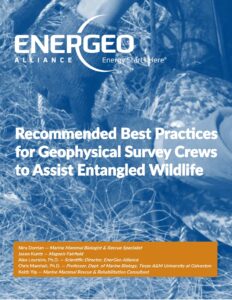 The Sustainable Seas Initiative is an ocean debris removal project of the EnerGeo Alliance. The EnerGeo Alliance’s members and greater energy geoscience industry are committed to creating a healthier ocean environment by clearing marine debris, which is among the greatest dangers to marine life.
The Sustainable Seas Initiative is an ocean debris removal project of the EnerGeo Alliance. The EnerGeo Alliance’s members and greater energy geoscience industry are committed to creating a healthier ocean environment by clearing marine debris, which is among the greatest dangers to marine life.
Marine Debris and GNI Reporting
EnerGeo Alliance’s Sustainable Seas Initiative is a collaborative project to safeguard marine life. Seismic survey crews are asked to take photographs when encountering and freeing entangled wildlife and/or collecting and delivering marine debris to the dock at the end of a rotation at sea. Crew members then share collection data, any photos and other information with the EnerGeo Alliance for inclusion in our growing archive of data on marine debris. The EnerGeo Alliance will produce a report which captures the magnitude of the positive impact of our members contribute debris removal activities as environmental stewards in the energy geoscience industry. To date, the EnerGeo Alliance membership has reported removing 2,497,000 pounds of debris removed since 2016 when the initiative began. That’s enough debris to fill London’s Wembley Stadium soccer field more than 30 times or nearly 82 40-foot shipping containers.
Report your GNI data: email details and photographs HERE.
Marine Debris in Our Oceans
There are roughly 315 BILLION pounds of plastic in our oceans today. This plastic pollution impacts the environment, animals, damages habitats, and causes economic loss. Here are the facts:
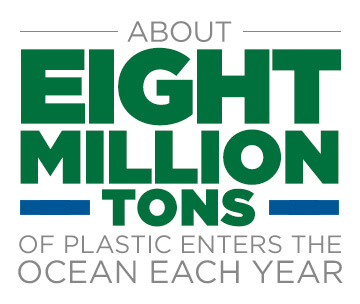
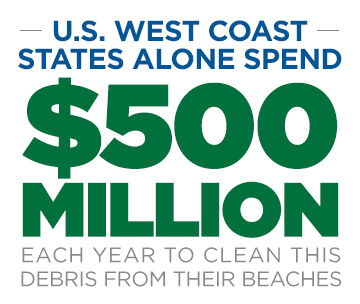

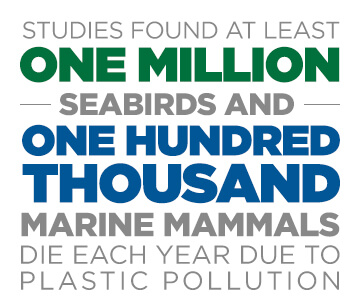
The Truth Behind the Ghost Gear Problem
Lost fishing gear or ‘ghost gear’ is among the greatest killers in our oceans. Fishing lines, and nets, crab and shrimp pots, and other commercial and recreational fishing equipment that has been lost, abandoned or discarded into the marine environment, continue to trap and kill fish, crustaceans, marine mammals, sea turtles and even seabirds, some of which are endangered species. This ghost gear can also cause damage to underwater habitats and coral reefs, not to mention damage to ships and other marine vessels. Literally tons of non-biodegradable nets and lines get lost each year can continue to “ghost” fish for decades, possibly even centuries.
- Estimated 640,000 tons of abandoned nets are spread across the world’s oceans (Food and Agriculture Organization and the UNEP)
- These nets comprise up to 10 percent of oceanic litter.
- In the Puget Sound alone, derelict fishing gear kills over a half million sea-creatures each year (estimate by Northwest Straits Marine Conservation Initiative).
- Plastics can remain in the marine environment for 600 years, with further damage done by animals eating the plastics and chemicals leaching into the water as they break down.
Debris Impact on the Energy Geoscience Industry
Marine debris, including active or lost fishing gear, is a constant fact of life for the marine geophysical operator. Every year streamers, propellers, thrusters and other equipment are lost or damaged due to encounters with marine debris. In addition, marine life such as turtles, birds, mammals and fish may also be encountered within the debris. Marine debris and animal entanglement are also international environmental issues in which EnerGeo Alliance members play an important role. By removing and disposing of debris encountered during operations, installing turtle guards, carrying out watches for marine mammals, employing preventative protective measures, and reporting these activities, geophysical crews are working daily to clean up our marine environment
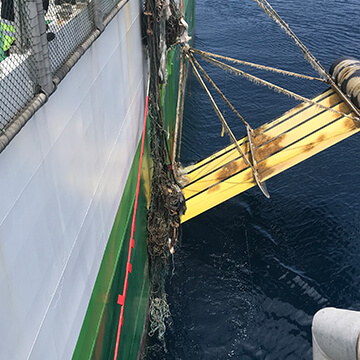

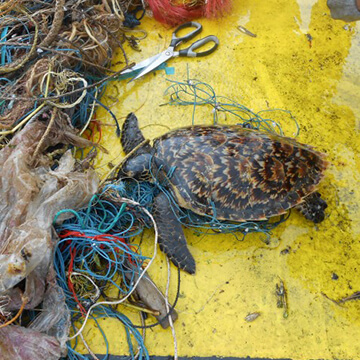
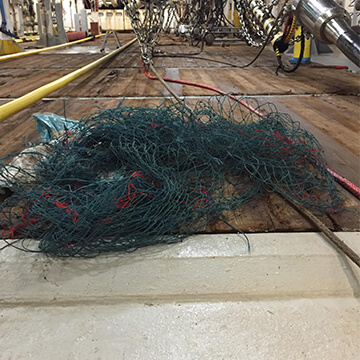
Share Your Data
Do you have a story or images of a bird or marine mammal that your crew aided or saved from storms, marine debris or other ghost gear in the oceans? Share with us now, so we can share with others!


